UNESCO has added 13 new sites to the World Heritage List
The 10th session of the UNESCO World Heritage Committee is taking place from 25 to 2023 September 45 in Riyadh (Saudi Arabia). During the conference, representatives of 21 Member States agreed to include 13 new sites on the World Heritage List and extend the recognition of several existing ones. Edition Design Boom spoke about updates to the World Heritage List, which you can read about below.
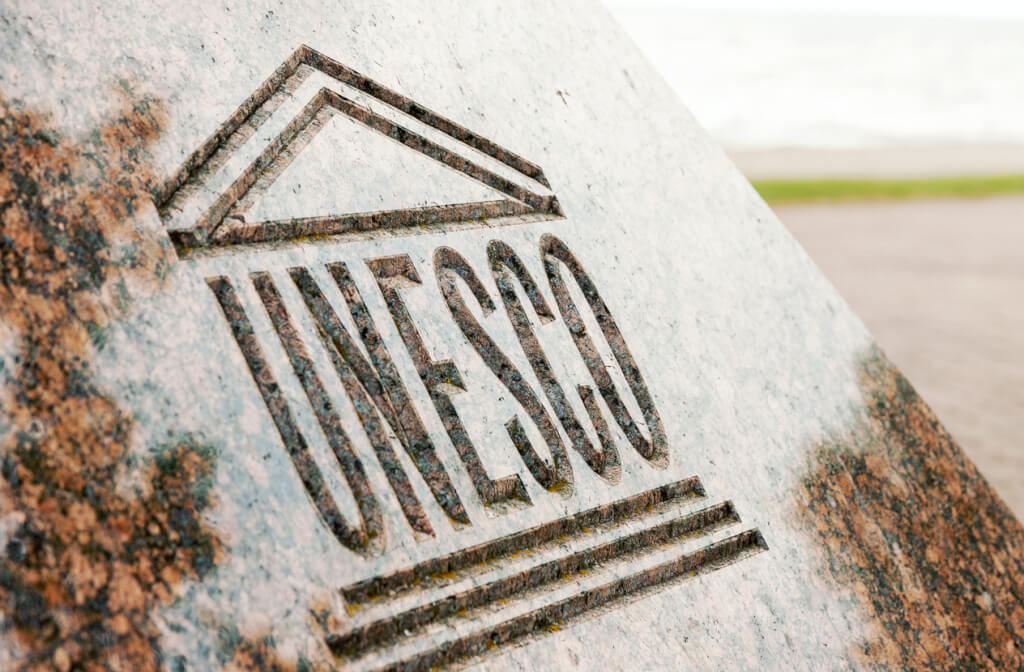
Photo: IStock
Palestine - Ancient Jericho/Tell es-Sultan
Tell es-Sultan, located in the Jordan Valley, is an oval-shaped mound containing evidence of human activity dating back to the 9th-8th millennia BC. Skulls and statues found at the site indicate that Neolithic inhabitants performed religious rituals. Archaeological finds from the Early Bronze Age confirm the presence of signs of urban planning, and the remains of the Middle Bronze Age confirm the existence of a large and socially complex Canaanite city-state.
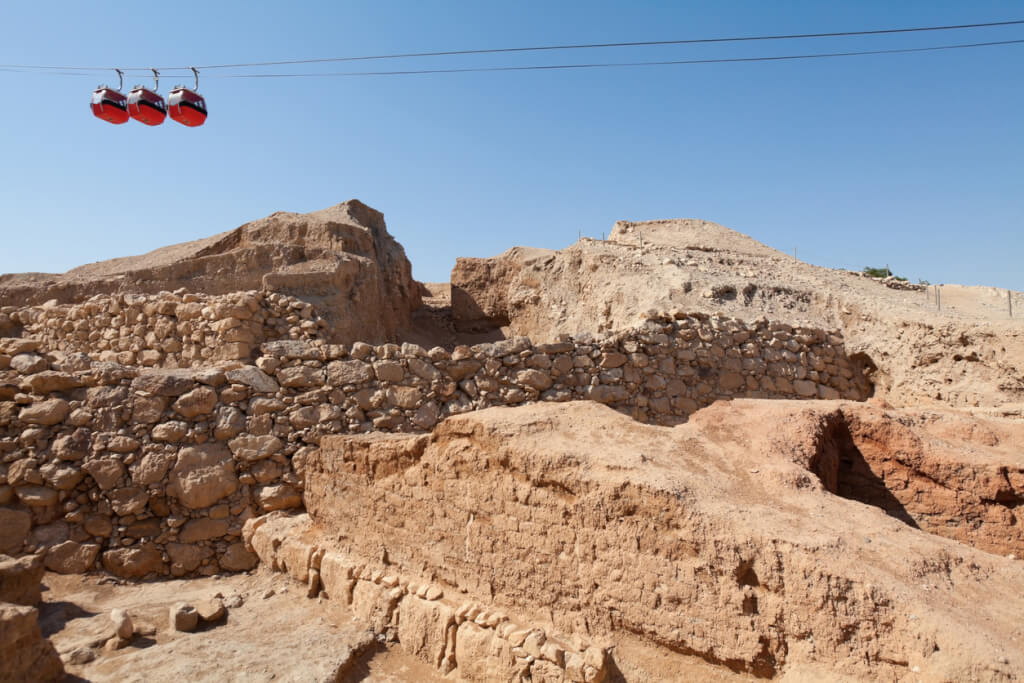
Photo: IStock
Iran - Persian Caravanserai
Caravanserai were roadside inns that provided shelter, food and water for caravans, pilgrims and other travelers. The location of each caravanserai was determined by the availability of water, terrain and security considerations. The 54 caravanserais numerous in this area are just a small fraction of the many caravanserais built along the ancient roads of Iran. They are considered the most important and valuable examples of Iranian caravanserais, representing a wide range of architectural styles, adaptations to climatic conditions and building materials.
On the subject: Ukrainian borsch recognized as a UNESCO cultural heritage site: 5 best recipes for this dish
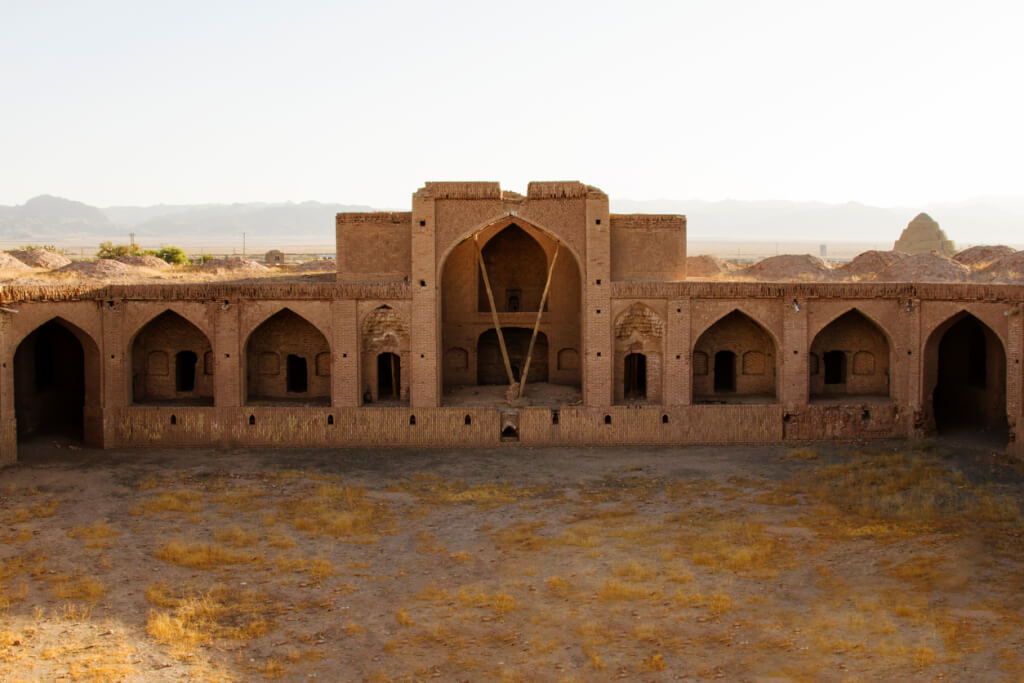
Photo: IStock
China - Cultural landscape of old tea forests of Jingmai Mountain in Pu'er
The cultural landscape of Jingmai Mountain in southwest China was shaped by the Blang and Dai peoples over thousands of years, beginning in the XNUMXth century. There are traditional villages surrounded by old tea groves, forests and tea plantations. The local indigenous people follow traditional tea growing methods adapted to the mountain's ecosystem and subtropical monsoon climate. Traditional ceremonies and celebrations celebrate the tea ancestors' beliefs, in which spirits live in tea plantations and in the local fauna and flora, which is the basis of this cultural tradition.
Azerbaijan – Khinalig cultural landscape and Koch-Yolu route
The Khinalig cultural landscape is a mountainous region in northern Azerbaijan, home to the semi-nomadic Khinalig people. The Khinalig have a unique culture and way of life, which is determined by their seasonal migration between summer and winter pastures along a 200-kilometer route called Koch-Yolu (Migration Route). The cultural landscape includes the village of Khinalig, high-mountain summer pastures and agricultural terraces in the Greater Caucasus Mountains, winter pastures on the low-lying plains of central Azerbaijan, and the connecting Koch Yolu. The landscape also includes ancient routes, temporary pastures, parking lots, mausoleums and mosques.
Tajikistan, Turkmenistan, Uzbekistan - Silk Roads: Zarafshan-Karakum Corridor
The Zarafshan-Karakum corridor is a key part of the Silk Road in Central Asia, connecting other corridors on all sides. Its length is 866 km. It runs from east to west along the Zarafshan River through rugged mountains, fertile river valleys and uninhabited desert. From the XNUMXnd century BC. to the XNUMXth century AD the corridor was the most important trade route between East and West, through which a wide variety of goods passed. People from all over the world have traveled, settled, conquered or been defeated along the way, turning it into a melting pot of cultures, religions, sciences and technologies.
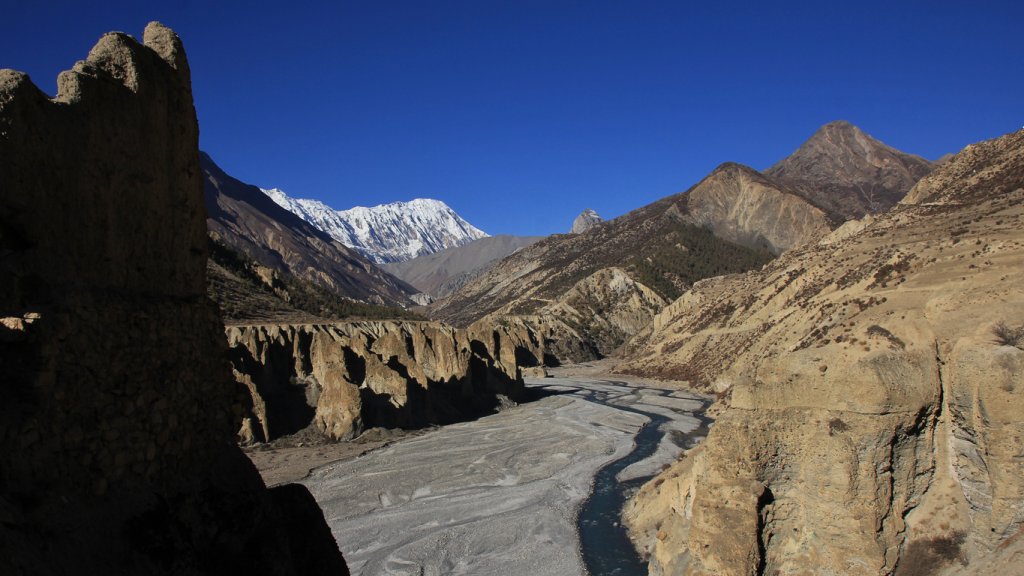
Photo: IStock
Germany – Medieval Jewish monuments of Erfurt
Located in the medieval historical center of Erfurt, the capital of Thuringia, the site includes three monuments: the Old Synagogue, the Mikveh and the Stone House. They illustrate the life of the local Jewish community and its coexistence with the Christian majority in Central Europe during the Middle Ages, from the late XNUMXth to the mid-XNUMXth centuries.
Denmark - Viking Age ring fortresses
These five archaeological sites are a group of huge ring fortresses built by the Vikings. All of them were built between 970 and 980. AD, have the same basic design. Fortresses are located near important land and sea routes - they were built to protect against attack. They show that the Jelling dynasty was a powerful and centralized kingdom, and are a sign of the social and political changes that took place in Denmark at the end of the XNUMXth century.
Canada - Trondek-Klondike
The Trondek-Klondike is a region in northwestern Canada that is home to the Trondek-Hwe Ch'in Indian Nation. It is located along the Yukon River in the subarctic region. It is home to archaeological and historical sites that show how indigenous peoples adapted to the unprecedented changes brought about by the Klondike Gold Rush of the late 19th century. These sites include sites of interaction between indigenous people and white settlers, as well as places where the Trondek-Hwe Ch'in tribe adapted to the presence of settlers.
Republic of Korea - Gaya Tumuli
This site includes a group of archaeological cemeteries with mounds that belonged to the Gaya confederation, which existed in southern Korea from the XNUMXst to the XNUMXth centuries. AD The distribution of burial grounds, landscape features, types of burials and grave goods indicate that the Gaya confederation had a unique political system in which different groups had equal rights and shared a common culture. The emergence of new types of burials and the increasing importance of hierarchy in the mounds show how Ai's society changed over time.
Mongolia - Reindeer stones and associated Bronze Age objects
The ancient Deer Stones are located on the slopes of the Khangai Range in central Mongolia. They were used for ceremonial and funerary rites and date back to approximately 1200-600 BC. BC. The stones reach four meters in height and are set directly into the ground, either individually or in groups. They are almost always found as part of complexes that include large mounds - khirgisur and sacrificial altars. Deer stones, covered with stylized or pictorial engravings of deer, are the most important surviving structures dating back to the Bronze Age Eurasian nomadic culture that developed and then slowly disappeared between the XNUMXnd and XNUMXst millennia BC.
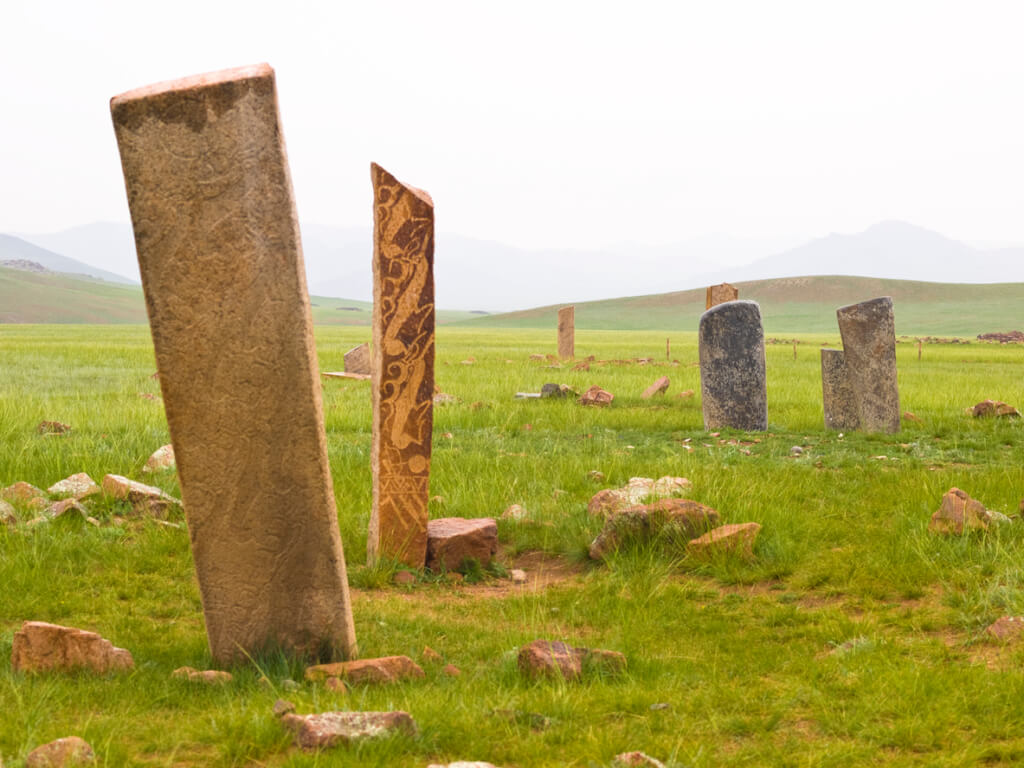
Photo: IStock
Cambodia - Koh Ker: Archaeological site of ancient Lingapura, or Chok Gargyar
Koh Ker is a sacred complex consisting of many temples and shrines, including sculptures, inscriptions, wall paintings and ruins. It took 23 years to build and was one of two rival capitals of the Khmer Empire (the other being Angkor). Koh Ker was the only capital from 928 to 944. AD Koh Ker was founded by King Jayavarman IV, and it is believed that his holy city was built on the basis of ancient Indian religious ideas about the universe. The new city was distinguished by its unusual urban planning, artistic expression and construction techniques, especially the use of giant monolithic stone blocks.
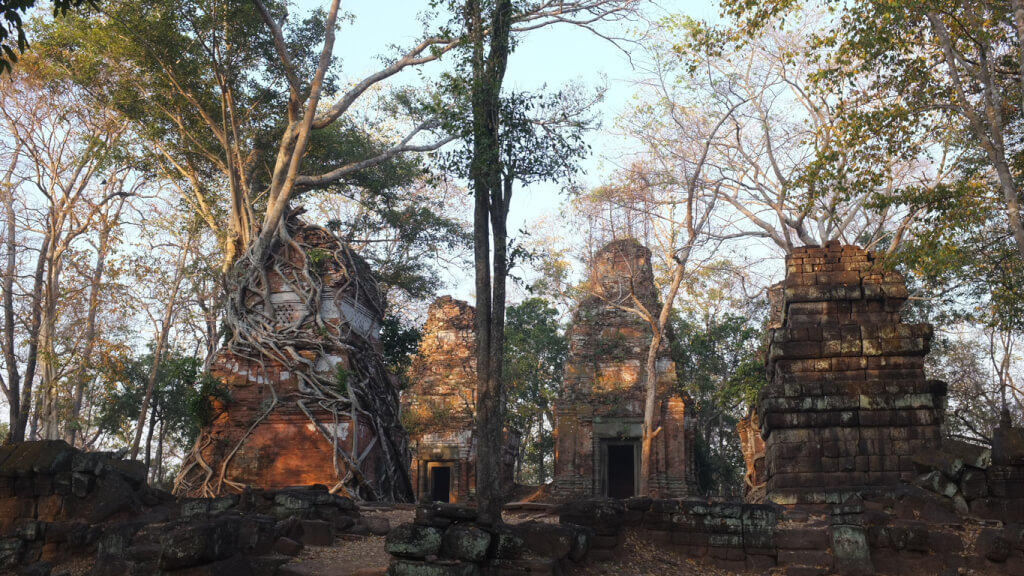
Photo: IStock
Ethiopia - Gedeo Cultural Landscape
The Gedeo region of Ethiopia is located along the eastern edge of the Main Ethiopian Rift, on the steep slopes of the Ethiopian Highlands. It uses multi-level agroforestry with large trees covering enseta, the main food crop under which coffee and other shrubs grow. The Gedeo people live here compactly and have rich traditional knowledge in the field of forest management. Within the cultivated mountain slopes are sacred forests, which the locals traditionally use for rituals associated with the Gedeo religion. Along the mountain ranges are dense clusters of megalithic monuments that are now revered by the Gedeo people and tended to by their elders.
You may be interested in: top New York news, stories of our immigrants and helpful tips about life in the Big Apple - read it all on ForumDaily New York
India - Shantiniketan
In 1901, the famous poet and philosopher Rabindranath Tagore founded the boarding school and arts center Santiniketan in rural West Bengal. Shantiniketan was based on ancient Indian traditions and a vision of the unity of humanity transcending religious and cultural boundaries. In 1921, Tagore founded a "world university" recognizing the unity of humanity, or Visva Bharati, at Santiniketan. Santiniketan's architecture and approach to education differed from the British colonial and European modernist orientations that predominated in the early XNUMXth century. Shantiniketan represents an approach to pan-Asian modernity, drawing on ancient, medieval and folk traditions throughout the region.
Latvia – Kuldiga Old Town
The old town of Kuldiga in Latvia is a well-preserved example of a traditional urban settlement developed during the XNUMXth-XNUMXth centuries. from a small medieval farm to an important administrative center of the Duchies of Courland and Semigallia. The urban structure of Kuldiga largely preserves the street layout of the period and includes both traditional log architecture and foreign-influenced styles that illustrate the rich exchange between local and itinerant artisans from around the Baltic Sea. The architectural influences and craft traditions introduced during the duchy continued into the XNUMXth century.
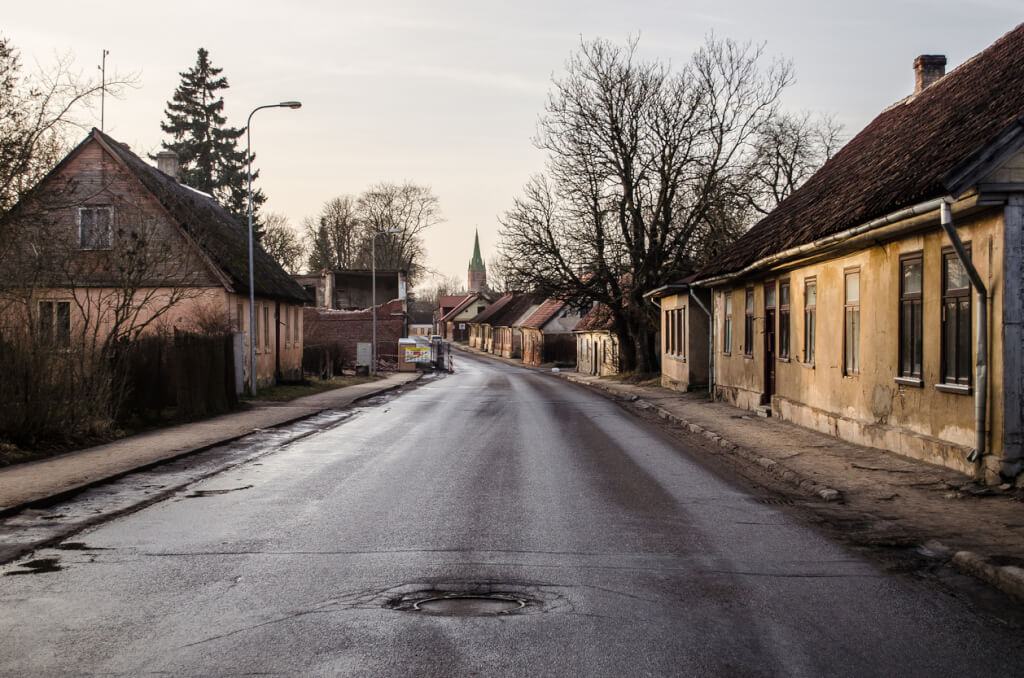
Photo: IStock
Read also on ForumDaily:
UNESCO has added 13 new sites to the World Heritage List
In the USA you can buy a house for $1: how profitable is it really?
Many popular words appeared in English due to a mistake in the dictionary: how is this possible
Four Easy Ways to Save Big on Groceries
Subscribe to ForumDaily on Google NewsDo you want more important and interesting news about life in the USA and immigration to America? — support us donate! Also subscribe to our page Facebook. Select the “Priority in display” option and read us first. Also, don't forget to subscribe to our РєР ° РЅР ° Р »РІ Telegram and Instagram- there is a lot of interesting things there. And join thousands of readers ForumDaily New York — there you will find a lot of interesting and positive information about life in the metropolis.












